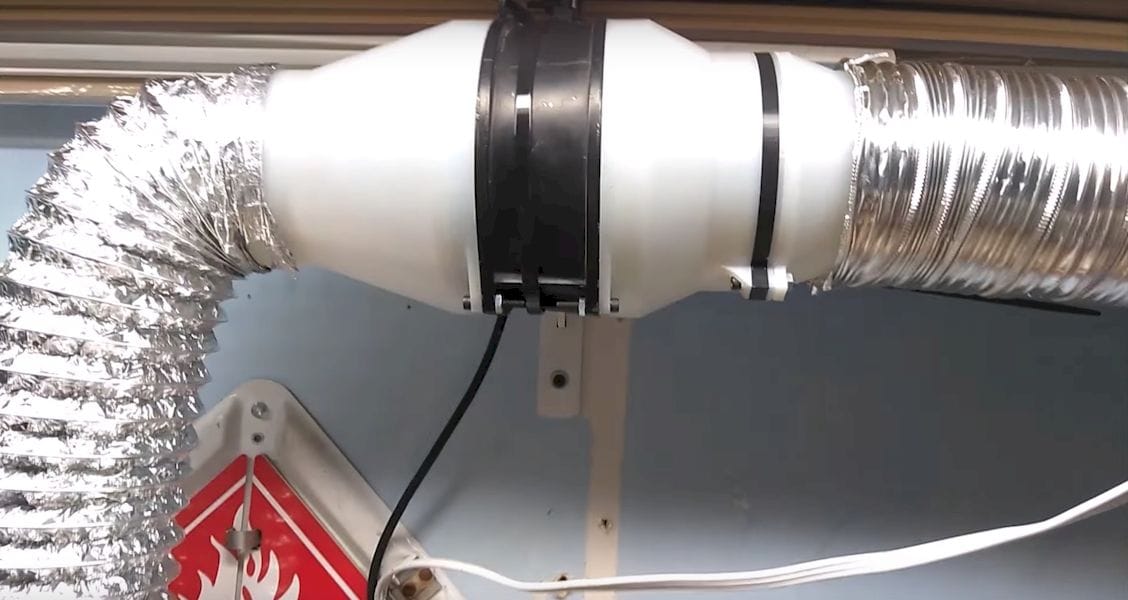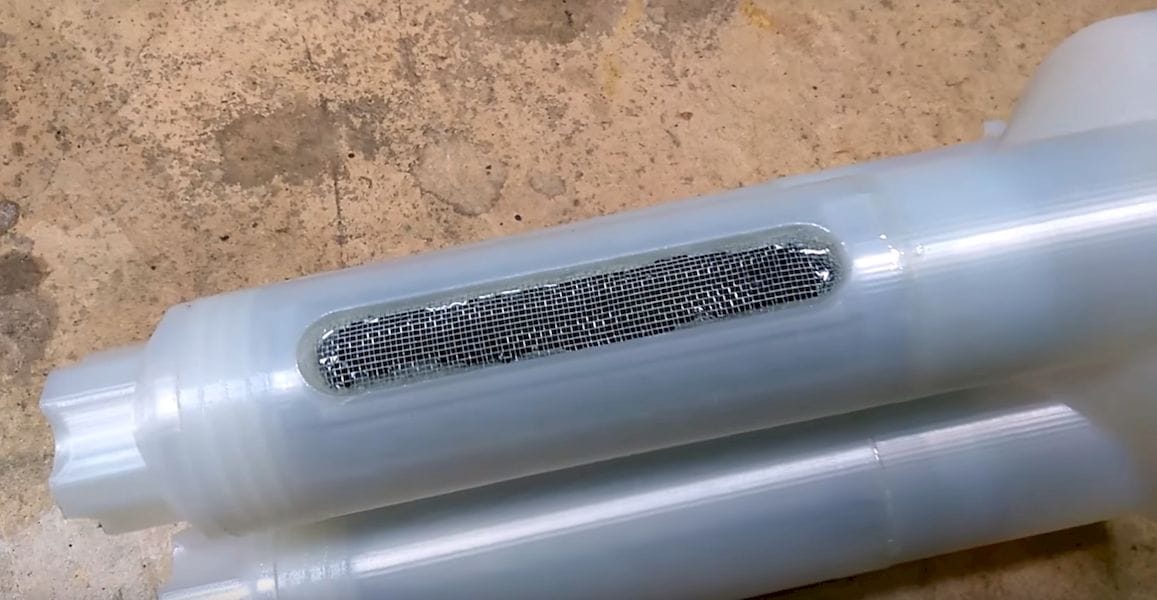
This is something I’ve been interested in for some time: an inexpensive fume extractor you can make yourself.
Fume extraction is normally something you’d be concerned with if you’re producing smoke or chemical emissions in an enclosed environment. You don’t want to be breathing in noxious fumes, so it’s best to get rid of them.
Normally this is done through external ventilation, where the fumes are simply transported to the outside atmosphere, where they quickly dissipate and leave you with relatively clean air inside.
In the case of 3D printers, they do in fact emit noxious fumes, the severity of which depends on the type of materials being printed. Some 3D printer manufacturers recognize this and equip their machines with filters. Usually such filters are a combination of HEPA and activated carbon, and they normally do a very good job of getting rid of obvious odors and visible fumes, if there are any.
They don’t do a complete job, however, as it turns out 3D printers do emit quantities of nanoparticles that can be smaller than HEPA filter capture sizes. To truly eliminate them you likely need to vent the fumes outside, or capture them with an even fancier filter.
The problem I’d like to solve is that many desktop 3D printers don’t even have simple filters, or in some cases, enclosures! They are free to generate all manner of emissions and distribute them around the print area.
This is simply not a good idea.
Should one install an exterior ventilation system? Yes, by all means. But that’s not the end of the story, as there are many situations in which you cannot install an exterior ventilation system. You might be in a lab that has no windows, for example. Or your business is unable to make HVAC modifications to the facility. Or perhaps you reside in an apartment where you cannot do proper ventilation.
For these situations you need to use what’s called a “Fume Extractor”. It’s basically a fancy fan and filter with hose attachments to capture emissions at the source and capture them in filters. I’ve seen some installed on banks of 3D printers, ready to catch any emissions that might occur.
But these commercial fume extraction units can be quite expensive, and that’s not an option for many people. Is there another solution?
There is. Instructables contributor Zander Foster of Texas has posted design for a homemade fume extraction system that looks pretty good.

The design involves a number of 3D printed parts that can be used to attach fans, filters and hoses together into a system capable of scooping up fumes efficiently. The design includes a way to route the airflow through a large activated carbon zone to permanently capture the emissions.
The project does not look either complex or expensive, as it seems to use very commonly found parts that would be available at any hardware store. After 3D printing the components, you simply assemble them.
The end result is a closed system whose input hose can be placed strategically near the point of emission: your 3D printer’s hot end, to capture any fumes.
It wouldn’t be perfect, but would certainly be able to capture the vast majority of particle emissions, making things a bit safer.
One catch: although you can easily use this mechanism for emissions capture from 3D printers, I would be less sure of using it for any flammable gaseous emissions, as they might be concentrated and risk bad things happening.
Via Instructables

